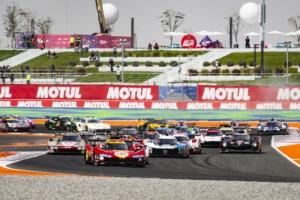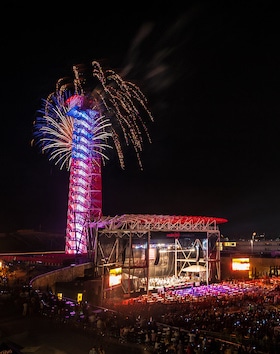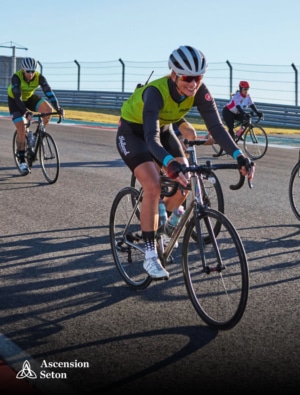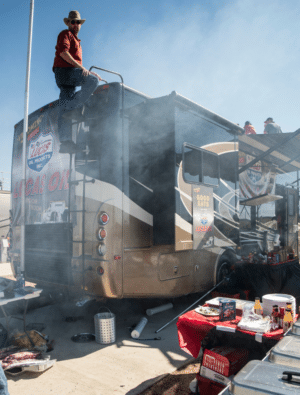The World Championship of Motorcycle Racing: What is, MotoGP?


At its most basic, MotoGP is the premier motorcycle championship in the world. Though MotoGP hosts grand prix across the globe, Circuit of The Americas (COTA) hosts the only race in the United States, called the Red Bull Grand Prix of the Americas or the Americas GP.
Beginning at the end of March each year, MotoGP, Moto2, and Moto3 begin their championship series. Americas GP comes to Austin in mid-April, with the race at COTA sitting 3rd in line during MotoGP’s ride around the world.
For the motorsports fan, it’s more than motorcycles that differentiates this series from more well-known series like Formula 1. Here’s a quick rundown of the most important things to know about MotoGP.
There are 21 total races, 11 teams, and 22 riders in the 2023 season.
Each team has two riders. Just last year, there were 12 teams on the grid; however, Suzuki decided to pull out of the series before this season. Teams are split between factory teams (the actual bike manufacturers) and independent teams, AKA satellite teams of the factories. For example, Repsol Honda is a factory team while LCR Honda is an independent team. This means LCR leases their bike from Repsol but are not managed nor funded by it.
At COTA, riders will race for 20 laps, just under 70 miles.
110 kilometers is the most common distance for a MotoGP race, though the other classes – Moto2 and Moto3 – will race over a smaller distance. COTA is unique in that it is one of only five tracks currently on the calendar that races counterclockwise. It also has the most left-hand turns (11 total) and the longest straight (1200m or 3937ft), meaning riders can get to their top speed of the season in Austin.
Races typically take between 40 and 45 minutes. This means the average rider speed is 105mph!
In climates like Austin, riders can lose between 3 and 5 pounds in water weight.
While rider’s suits are as ventilated as they can be, no rider would dare brave the metal beasts without them. Also called leathers, each suit is custom made to the rider’s measurements with cow or even kangaroo leather to optimize functionality for the kind of rider that wears it.
Someone like Marc Marquez – AKA Captain America – rounds corners at 60°, grazing his elbows across the track. Therefore, his suit has more thermo plastic plates reinforcing the elbow area. This also varies the weight of the suit. According to Dainese, one of the main suit manufacturers, Dani Pedrosa’s leathers weighed only 3 kilograms or 6.6 pounds, while Valentino Rossi’s weighed 3.5kg or 7.7lbs.
Each race comes with the risk of crashing at the highest speeds in any motorsport on the most vulnerable vehicle. Airbags are actually built into the interior of the suits, set to deploy in case the rider goes sliding across the pavement or flying over their handles. The airbags inflate between 4 and 5 centimeters or 1.5 to 1.9 inches and offer the only cushioning riders will get against the track surface, gravel traps, or asphalt run-offs.
MotoGP bikes generally cost around $3 million to $3.5 million.
Road-legal bikes can run owners up to a quarter of a million dollars. So why do MotoGP bikes cost nearly 12 timesas much? While the general makeup of MotoGP bikes is consistent with what’s seen on the highway, the quality of materials is miles better on the track.
Beyond the quality of materials, the engines and transmissions are supercharged and specialized to be the most powerful, efficient machines on two wheels. On-board, riders and teams also make use of an intense internal computer built to catalogue the most minute changes instead of offering aids found in a street-legal bike like stability control, anti-lock braking systems, or electronic suspension. This just means riders truly must be masters of the machine to safely and successfully race.
In MotoGP, riders cling to superpowered, two-wheeled machines, leaning around sharp corners until their knees and elbows nearly touch the ground. They ride inches behind the rider in front of them, racing at up to 220 miles per hourto be the first to cross the finish line. Racing in MotoGP is for daredevils, and daredevils only. And being a successful MotoGP rider…really is like a superpower.


















